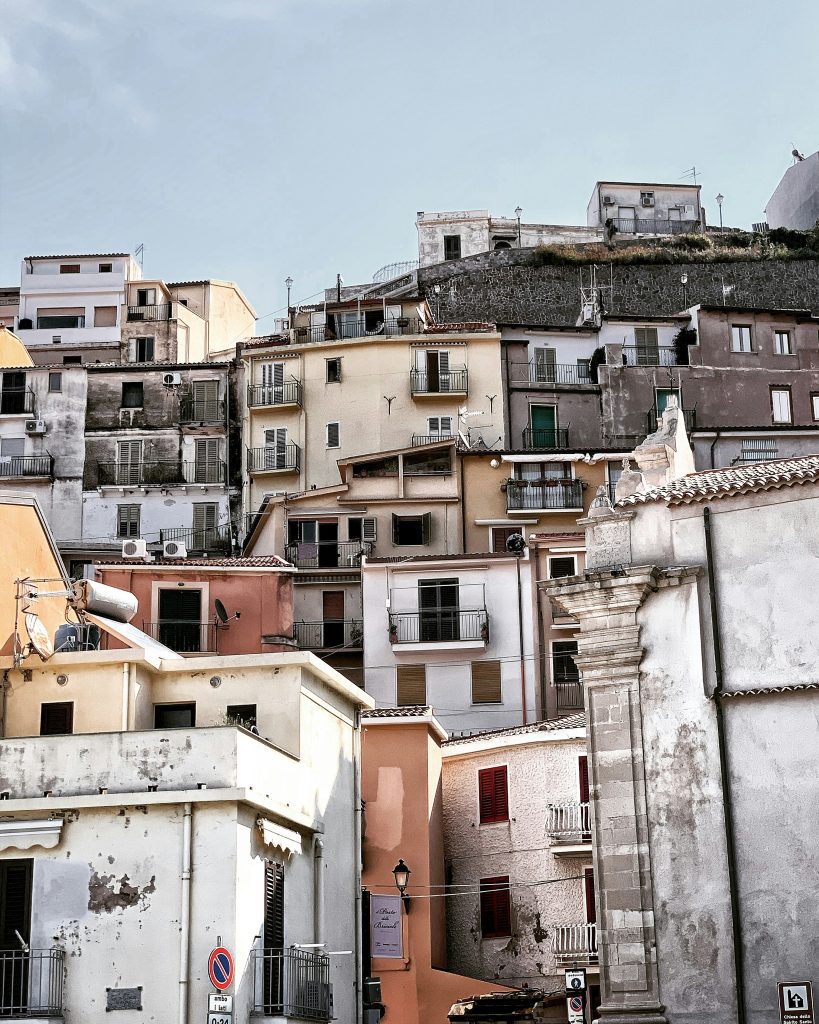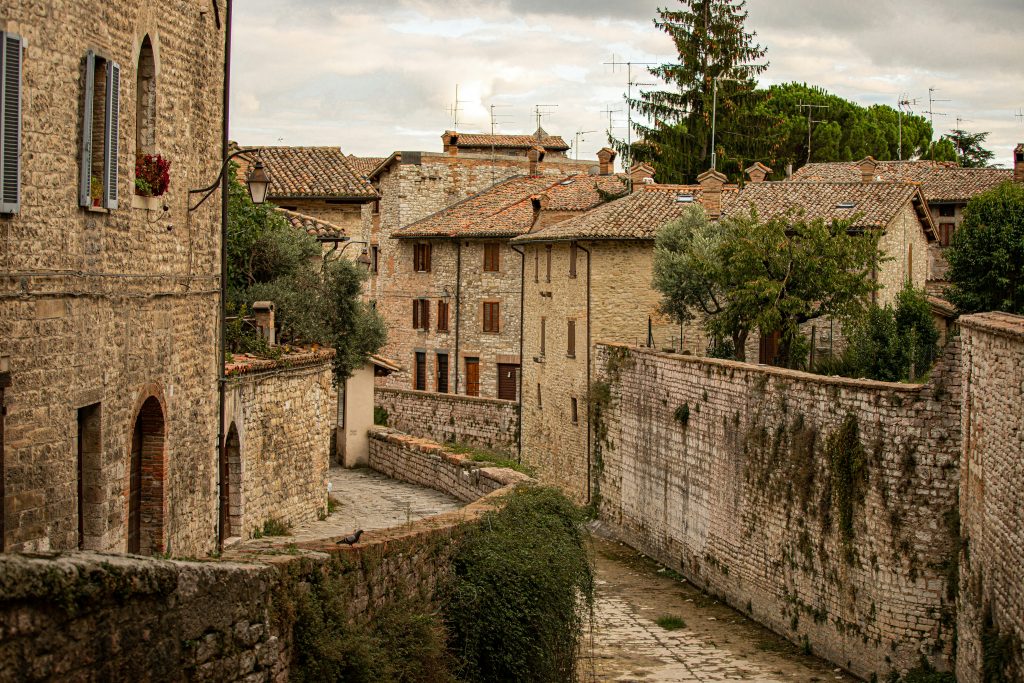Visiting the villages of Italy is an opportunity to know places never seen before, often out of time, and if spring and summer give an unmissable light to the Italian beauties the colder seasons still have their charm. . Between historical and cultural attractions and experiences to live alone or with the family, here are 5 beautiful villages to discover all year round.
Molveno, Dolomites
The village of Molveno is simply perfect to visit in spring: surrounded by the Dolomites and not far from the motorway exit, it is Orange Flag village, which means that it respects strict cultural, tourist and environmental parameters.
Once in Molveno you must first visit the historic center, closed to traffic, from the main square to the Church of San Vigilio. During the stay, there are many activities that can be done:
- take a tour of Lake Molveno on foot or by bike, passing through the Roman Bridge and the Napoleonic forts;
- practice Forest Therapy inside the Park of Breath;
- paragliding from the plateau in front of the Brenta Dolomites to Molveno for a 15-minute flight;
- reach the Cima Croz dell’Altissimo from the centre of Molveno;
- visit the Spormaggiore Wildlife Park, especially in the company of children;
- relax at Dolomia Wellness, an oasis of peace in Camping Spiaggia;
- visit Castel Belfort, a very charming medieval castle;
- take a hike in the Adamello Brenta Park in the company of expert mountain guides.
Valsinni, Basilicata
Suspended between sea and mountains, the village of Valsinni in Basilicata is part of the Pollino National Park. Its unmistakable flavors and breathtaking landscapes have led the village to the recognition of the Orange Flag awarded by the Touring Club Italia.
If you decide to visit Valsinni you absolutely must:
Stilo, Calabria
Its origins are probably Greek and linked to the myth of a maritime city: Stilo is located in Calabria, with a territory so varied to offer visitors a large number of experiences to live to never get bored. Between guided tours and outdoor trekking, here’s what not to miss during a visit to Stilo:
visit the Catholic of Stilo, a religious building that originally belonged to a much larger monastery;
Enter the walls of the Norman Castle, dating back to 1072 A.D. and built at the behest of Roger the Norman, whose view allows you to explore the entire Calabrian landscape to the sea;
admire the Cathedral of Stilo, built in the fourteenth century and rebuilt in baroque style in the eighteenth century. It is located in the historic center and houses a crucifix of the eighteenth century, the altar of SS. Sacramento and the large altarpiece depicting the Madonna and Child with Saints by Giovan Battista Caracciolo.

Foto: Unsplash
Rasiglia, Umbria
It takes just two hours to visit the pretty village of Rasiglia, in Umbria, also known as the “Little Venice of Umbria” or “Borgo dei ruscelli” as it extends around the spring water of Capovena.
If until a few years ago you rarely saw a car passing through the streets of Rasiglia and its streams were the only attraction of the place, today you can live a large number of experiences also very different from each other:
- visit the old town, with just one bar and one restaurant;
- wander around the Peschiera, the largest collection tank of the village;
- discover the mills, many of which remained active until the end of the Second World War;
- know the wool mills, which thanks to the power of water have made Rasiglia a processing center of wool and other yarns;
- observe the sink, where women washed clothes and dishes before running water arrived in the houses;
- visit the Castle of Rasiglia, built for the will of the lordship of Trinci;
- visit the Sanctuary of the Madonna delle Grazie, full of beautiful frescoes.

Foto: Unsplash
Cisternino, Puglia
In the Itria Valley there is Cisternino, a beautiful town very linked to its origins and its traditions, especially food and wine. The village, in fact, is known for its bowls and gnummarieddhu, a roll of lamb entrails cooked on the grill. Here’s what to do once you arrive in Cisternino in spring:
- walk through the historic center and in Piazza Vittorio Emanuale, also called Piazza dell’Orologio because of the presence of the Clock Tower dating back to the nineteenth century;
- visit the Norman Tower Sveva, one of the symbols of Cisternino, also known as Torre Grande;
- admire the Church of San Nicola di Patara, the main and most beautiful church of Cisternino built in 1848;
- visit the Maaac Museum, that is the Archaeological Area Contemporary Art of Cisternino, which every year hosts temporary exhibitions and artistic and cultural events;
- visit the Church of San Quirico Martire, built in the seventeenth century, and the Church of Santa Maria di Costantinopoli, inside which you can still admire the baroque high altar and the altarpiece;
- discover the Palazzo Lagravinese, the most representative building of the village, once belonged to the Lagravinese-Termetrio family;
- pass over the Bridge of the Madonnina, which houses on its highest point the Chirico Bistrot, from whose terrace you can have an aperitif while watching the sunset.
In spring it is nice to travel and take advantage of the temperatures that begin to be conducive to spending whole days outdoors. All that remains is to take a cue from the 5 villages just listed and plan the next trip out of town!
Copertina: Unsplash

